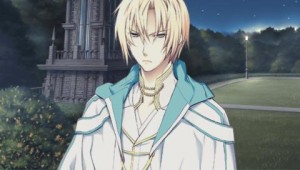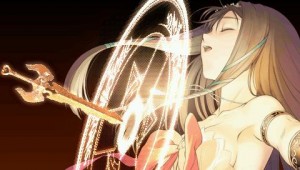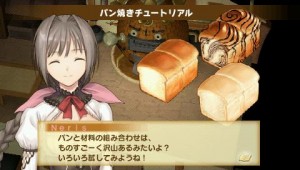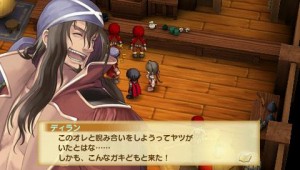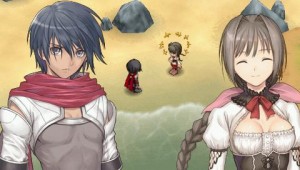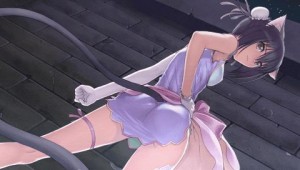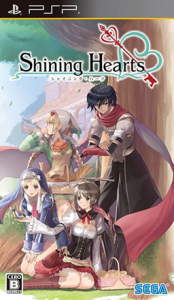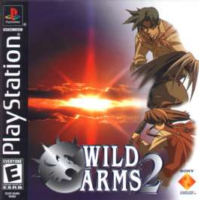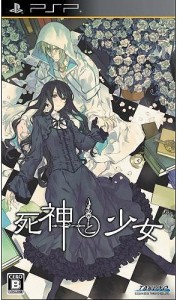 Is it legal for a “game” to be this boring? Like, don’t you have to meet some minimum standards of quality before they let you release something? Oh boy.
Is it legal for a “game” to be this boring? Like, don’t you have to meet some minimum standards of quality before they let you release something? Oh boy.
Umm, well. I haven’t really made a secret of the fact that I don’t like visual novels. Still there aren’t that many otome games with gameplay out there, so I try them from time to time. When I do, my requirements are simple: nice art, decent characters, a sensible story that doesn’t take too long to tell. That’s all. I don’t expect much, and I usually don’t get much, but Shinigami to Shoujo didn’t meet even those low standards.
First, though, I should own up to my own fault in this debacle: I got taken in by the trailer. One, it had piano music and I love piano music soundtracks. More importantly, it spoke of the story of a lonely shinigami and the innocent traveller he meets and how they decide to travel together in search of the most beautiful word in the world. Sounds romantic, right? Right? The poor, sad, lonely shinigami, all alone for millenia, finally finds someone to hold and to comfort him and together they learn to live and love and laugh and overcome all obstacles so they can be together forever and ever and ever… is the interpretation of the story my imagination came up with.
The “reality” is something quite different. To begin with, the first thing we learn about our protagonist Sayo is that she has a brother fetish. You know, the usual “not really siblings” thing. That should have been my clue to stop right there, because I hate that cliche. I mean, maybe it’s just me. Maybe I’m from Mars or something because where I come from, adopted siblings have the same status and rights and responsibilities as “real” siblings. Adopted or not, you’re both siblings, full stop. There’s no such thing as “siblings until someone gets horny.” That’s just wrong. So that was my warning sign, which I ignored. Mea culpa.
More to the point, it turns out that the story in the trailer was from a book Sayo’s “brother” was writing, and the actual shinigami you meet in the game, Ao, is a wandering amnesiac who just claims to be a shinigami. There’s a place for people like that, and you find it by calling 1-800-NAMI. Moreover, Ao is not particularly lonely or sad or in any way distressed by his condition, and for the three days I played this game, he never treated Sayo as anything more than a bother. Which she is. Always hanging around, asking nosy questions and giggling at anything and everyone in her oh-so-cultured manner. “I’m a death god.” “Tee hee, a death god, that’s so funny.” Urghhhhh.
So, obviously, I didn’t finish the game. There was no point, really. I gave it a solid try for a few days in the hopes that I’d learn more about Ao before the guys in the white van took him away, but no luck. It just dragged on and on with endless descriptions of books and Ao’s blond hair and Ao’s blue eyes, and books and Sayo’s black hair, and Sayo’s black eyes and books and there some clock tower in there somewhere, and look Ao and Sayo like books, they’re nerds just like you, isn’t that great, blah blah blah. I played and played and played and I was still in chapter 1, so eventually I said meh, screw it. I know when I’m not wanted.
Bit of a shame though. The voice-acting was pretty good, the soundtrack is great, the art is like 6.5/10, not too shabby. Takuyo just needed a few more lessons on concise writing and the creation of likeable characters. Oh, and basic moral decency, ‘cos that brother-con stuff ain’t cool. I’m off to find a summary of whatever the heck the story is about, and then I’ll start something new.
